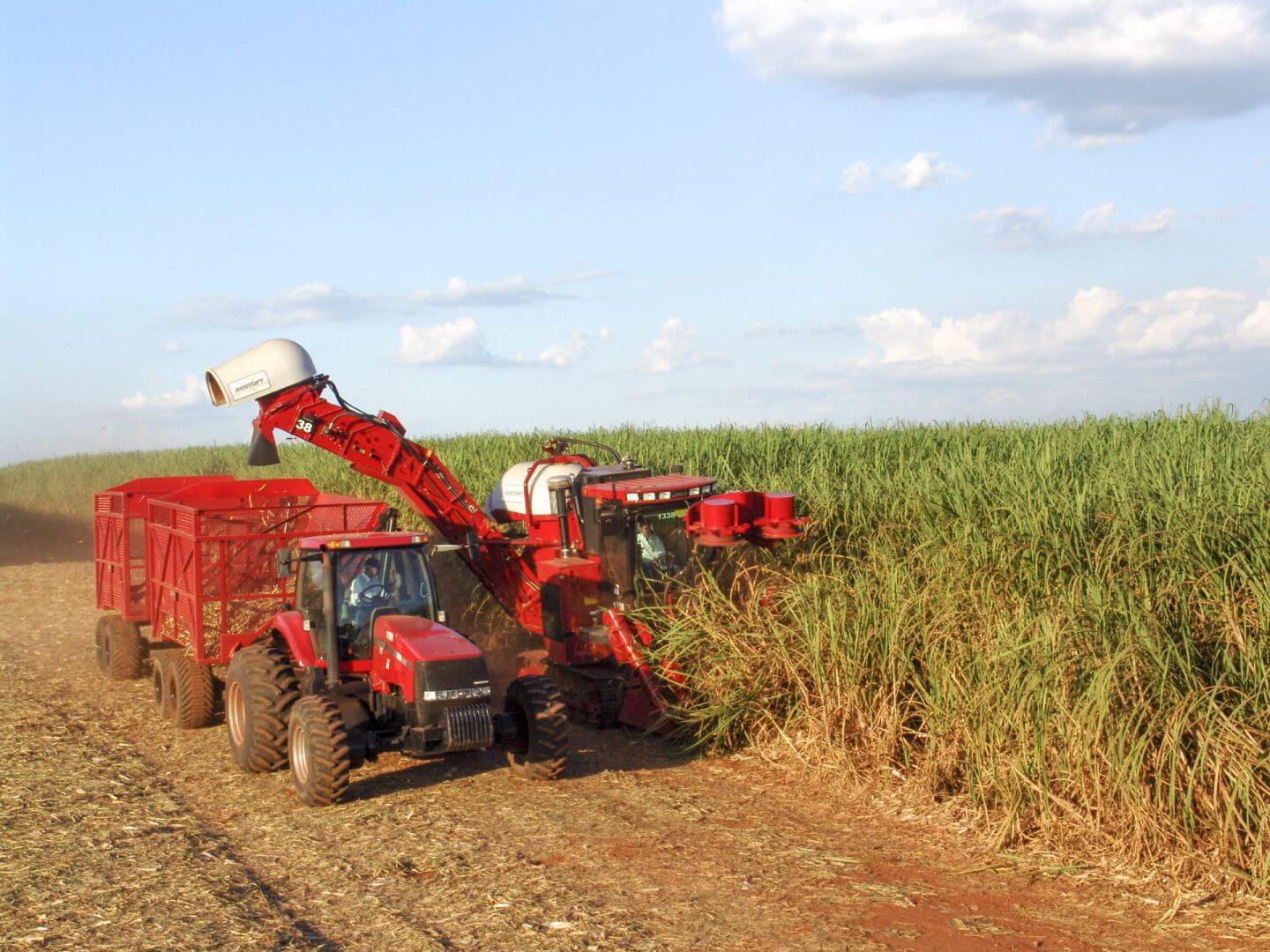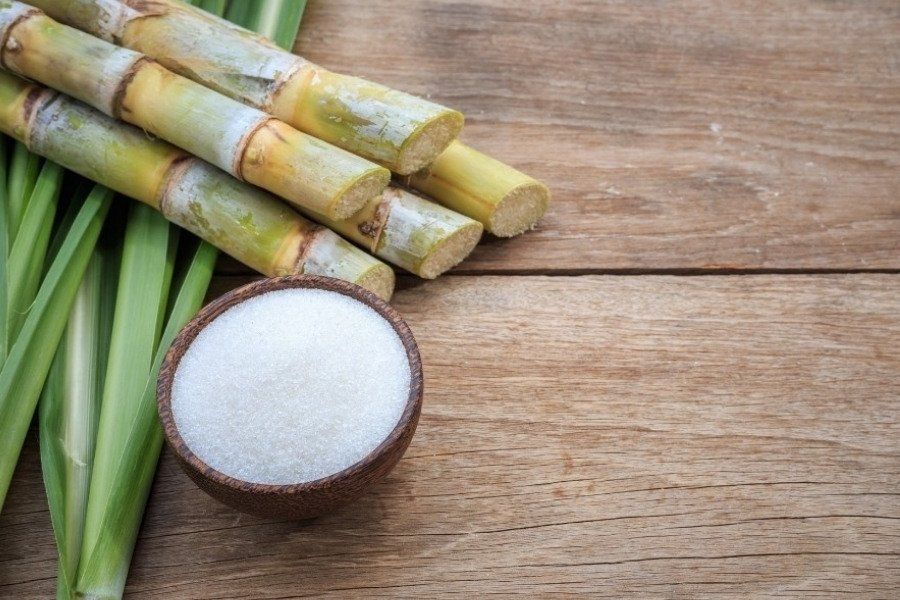Everything About Sugar Canes: What Are Sugar Canes Utilized For and Their Role in Global Agriculture?
Sugar canes function as a foundation of global farming, mostly recognized for their function in sugar production. They also add to the production of by-products like molasses and ethanol. These aspects not just support numerous industries yet likewise impact economic security in rural areas. Nevertheless, the farming of sugar walking sticks encounters significant ecological challenges. Understanding their multifaceted duty prompts additional exploration right into their farming techniques and sustainability efforts.
The Agricultural Process of Sugar Walking Cane Cultivation
Sugar walking cane growing may vary by region, the fundamental agricultural procedure continues to be regular. The very first step entails choosing high-yielding varieties suitable for neighborhood environments. Preparation of the dirt is crucial, frequently calling for husbandry and the addition of plant foods to improve fertility. Growing normally occurs throughout the stormy season, with farmers making use of either whole stalks or cuttings to develop brand-new crops.As the plants grow, they need attentive treatment, consisting of weed control, bug administration, and watering, relying on the ecological conditions. Farmers monitor the sugar walking cane's development cycle, which usually extends 10 to 24 months, before collecting. Harvesting is labor-intensive, usually performed by hand or with specialized equipment, making sure marginal damage to the stalks. Adhering to harvest, the walking stick is carried to refining facilities. This meticulous farming procedure not only sustains regional economic situations but likewise plays a significant role in international agricultural practices, adding to food and power supplies.
Sugar Production: From Walking Cane to Crystal
The journey of sugar manufacturing starts the moment freshly gathered sugar walking stick comes to processing facilities. The very first step entails washing and slicing the walking cane to prepare it for extraction. Utilizing high-pressure rollers, the juice is removed from the crushed cane, resulting in a wonderful liquid recognized as sugarcane juice. This juice undertakes clarification, where contaminations are eliminated through the enhancement of lime and heat.Next, the made clear juice is concentrated by boiling it to produce a thick syrup. This syrup is after that taken shape by cooling down, enabling sugar crystals to develop. The crystallized sugar is separated from the staying syrup, referred to as molasses, with centrifugation.Finally, the sugar crystals are washed and dried out, leading to the familiar granulated sugar (What Are Sugar Canes Used For). This procedure transforms raw sugar walking cane into a product that is indispensable to various culinary and industrial applications, highlighting the value of sugar in worldwide farming
Biofuels and Sugar Canes: A Lasting Future
As the globe significantly looks for lasting power services, sugar canes have become a promising source for biofuels. The biomass obtained from sugar canes can be exchanged ethanol, a sustainable gas option that noticeably lowers greenhouse gas exhausts compared to nonrenewable fuel sources. This procedure not just offers a cleaner power source but also promotes power self-reliance for numerous countries.In enhancement, sugar cane growing supports rural economic situations by producing work in both farming and biofuel production markets. Using sugar canes for biofuel production additionally motivates agricultural diversity, which can enhance dirt health and wellness and reduce reliance on solitary crops. Additionally, the spin-offs of sugar walking stick processing can be used for electricity generation, in addition adding to a sustainable energy cycle. As countries endeavor to meet renewable resource targets, sugar walking sticks are positioned to play a necessary duty fit a more sustainable future in the biofuel landscape.

The Function of Sugar Canes in Beverage Production
Sugar canes play a significant duty in beverage production, serving as a key ingredient in rum and contributing to the sweet taste of many soft drinks. Additionally, their all-natural juices are made use of in numerous beverages, boosting taste and charm. This adaptability underscores the value of sugar walking canes in the global drink sector.
Sugar Cane in Rum
Rum manufacturing is intricately linked to the cultivation of sugar walking stick, an important crop that offers the required fermentable sugars needed for fermentation. This process begins with the extraction of juice from harvested sugar canes, which is after that either fermented straight or refined into molasses. Yeast is contributed to convert the sugars right into alcohol, resulting in a diverse variety of rum styles, from light to dark varieties. The geographical area where the sugar walking stick is grown significantly influences the taste account of the rum, with variables such as dirt kind and environment having fun essential duties. Nations like Barbados, Jamaica, and Cuba are renowned for their rum manufacturing, showing the cultural and historic importance of sugar walking stick within the global beverage industry.
Soft Drinks Sugar Source
All-natural Juice Production Makes Use Of
In addition to its considerable duty in soft drink production, sugar walking cane is also pivotal in the all-natural juice market. The juice extracted from sugar walking cane, known as walking cane juice, is celebrated for its natural sweetness and distinct flavor account. This juice is generally taken in fresh in different areas, especially in tropical nations, where it is taken pleasure in as a revitalizing beverage. Additionally, walking stick juice works as a base ingredient in a series of natural fruit juices and shakes, enhancing both preference and nutritional worth. Its natural properties make it an eye-catching alternative to fabricated sweeteners, appealing to health-conscious customers. Overall, sugar walking cane's adaptability in juice manufacturing emphasizes its value in contemporary drink offerings worldwide.
Developments in Sugar Cane Byproducts
Innovations in sugar walking cane byproducts are paving the way for sustainable services in different sectors. Biofuels stemmed from sugar walking cane offer an alternate energy resource, while innovations in sustainable product packaging are lowering dependence on conventional materials. These growths highlight the flexibility and potential of sugar walking stick beyond its main use in drink manufacturing.
Biofuels From Sugar Walking Cane
How can the byproducts of sugar walking stick add to lasting power services? The conversion of sugar cane right into biofuels provides a promising method for sustainable power. By using the coarse residue, known as bagasse, manufacturers can generate bioethanol via fermentation procedures. This bioethanol can act as a sustainable alternative to nonrenewable fuel sources, lowering greenhouse gas discharges and reliance on non-renewable sources. Additionally, molasses, one more byproduct, can be fermented to generate biofuels, making best use of source effectiveness. The power created from sugar cane not just provides a cleaner fuel source however also improves the overall economic practicality of sugar manufacturing. By integrating biofuel production right into their operations, sugar walking stick industries can play an essential role in progressing sustainable energy solutions internationally.
Lasting Packaging Solutions
Lasting product packaging remedies are increasingly being established from sugar walking cane byproducts, showcasing the convenience of this agricultural staple. Innovations such as naturally degradable plastics originated from bagasse, the coarse residue left after juice extraction, are gaining traction. These materials offer an environment-friendly option to conventional plastics, reducing dependence on nonrenewable fuel sources and lowering carbon impacts. In addition, sugar cane-based product packaging is compostable, breaking down normally without i thought about this hurting the setting. Companies are currently exploring these alternatives to line up with consumer need for sustainability. As awareness of plastic contamination expands, the adoption of sugar cane-derived product packaging is anticipated to increase, placing sugar canes as a principal in the change to greener product packaging services in various industries.
Economic Impact of Sugar Walking Stick Farming

Sugar cane farming has deep roots in numerous economic climates, its economic impact prolongs much beyond farming production. This plant functions as a substantial income source for countless farmers worldwide, specifically in establishing countries where farming is a main income. Sugar walking cane adds to regional economic situations with work production in harvesting, growing, and handling. The industry likewise stimulates development in click over here related fields such as transportation, equipment production, and food processing.Furthermore, sugar walking stick is a principal in global profession, affecting global markets and rates. Nations that create sugar walking cane typically count on exports to improve their financial security. The by-products of sugar walking cane, such as ethanol and molasses, expand earnings streams for farmers and add worth to the farming field. Overall, the economic implications of sugar walking stick farming are extensive, affecting not just farmers yet additionally entire neighborhoods and nationwide economic situations.
Ecological Considerations in Sugar Walking Stick Cultivation
While sugar walking cane farming plays a vital role in several economies, it additionally increases significant environmental worries that can not be forgotten. The extensive use of plant foods and chemicals in sugar cane growing frequently leads to dirt degradation and water air pollution. Runoff from these chemicals can contaminate neighboring water bodies, harming water communities. In addition, the monoculture techniques widespread in sugar walking cane farming lower biodiversity, making environments more susceptible to insects and diseases.Deforestation is one more important problem, as land is usually cleared to give way for sugar vineyards, leading to habitat loss for wild animals and enhanced carbon exhausts. Moreover, the high water usage needed for sugar walking cane irrigation can stress local water resources, particularly in arid areas. As worldwide need for sugar proceeds to rise, dealing with these environmental obstacles comes to be vital to ensure sustainable methods in sugar cane cultivation.
Frequently Asked Questions
What Are the Nutritional Advantages of Sugar Walking Cane?
The dietary benefits of sugar walking cane mainly include its high carbohydrate material, giving power. In addition, it includes vitamins, minerals, and anti-oxidants that may sustain general health and wellness, though moderation is vital as a result of its sugar content.
How Does Sugar Cane Affect Citizen Ecosystems?
Sugar cane growing can substantially impact local environments by altering land use, affecting biodiversity, and needing significant water sources. Additionally, it may bring about dirt deterioration and pesticide overflow, interfering with bordering habitats and wildlife populaces.
What Is the Background of Sugar Walking Cane Farming?

Exist Alternatives to Sugar Walking Cane for Sugar Production?
Alternatives to sugar cane for sugar production consist of sugar beets, corn, and various exotic plants like sorghum and agave (What Are Sugar Canes Used For). These plants offer diverse resources of sweet taste, each with distinctive cultivation demands and ecological impacts
How Do Weather Patterns Influence Sugar Walking Cane Yields?
Weather patterns greatly influence sugar walking stick returns with temperature changes, rainfall quantities, and seasonal cycles. Dry spell or too much rains can impede growth, while suitable conditions enhance photosynthesis, eventually affecting the quantity and high quality of the harvest. The journey of here are the findings sugar production begins the minute newly harvested sugar cane shows up at processing facilities. The taken shape sugar is divided from the staying syrup, known as molasses, through centrifugation.Finally, the sugar crystals are washed and dried, resulting in the acquainted granulated sugar. Rum production is intricately connected to the growing of sugar walking cane, a necessary plant that provides the essential fermentable sugars required for fermentation. Additionally, the monoculture techniques prevalent in sugar walking stick farming minimize biodiversity, making communities much more at risk to parasites and diseases.Deforestation is an additional crucial concern, as land is commonly removed to make way for sugar vineyards, leading to environment loss for wildlife and raised carbon emissions. Alternatives to sugar cane for sugar manufacturing consist of sugar beetroots, corn, and numerous exotic plants like sorghum and agave.